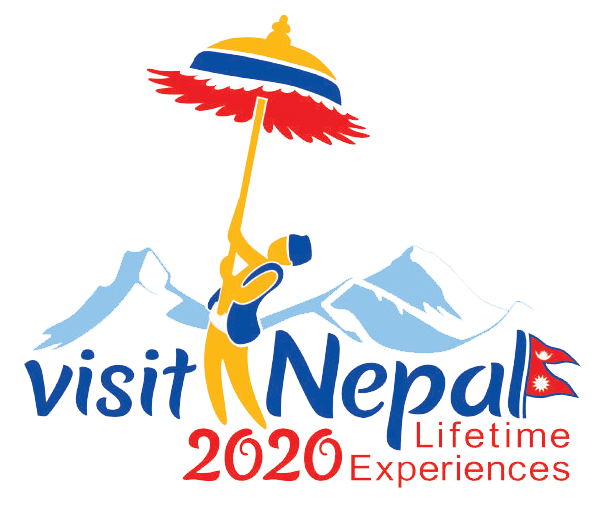- Home
- About Nepal
- Overview
About Nepal
Over view
Nepal (Nepali: नेपाल ![]() [neˈpaːl] (help·info)), officially the Federal Democratic Republic of Nepal, is a landlocked country in South Asia and the world's youngest republic. It is bordered to the north by the Peoples Republic of China, and to the south, east, and west by the Republic of India. With an area of 147,181 square kilometres (56,827 sq mi) and a population of approximately 30 million, Nepal is the world's 93rd largest country by land mass[5] and the 41st most populous country. Kathmandu is the nation's capital and the country's largest metropolitan city.
[neˈpaːl] (help·info)), officially the Federal Democratic Republic of Nepal, is a landlocked country in South Asia and the world's youngest republic. It is bordered to the north by the Peoples Republic of China, and to the south, east, and west by the Republic of India. With an area of 147,181 square kilometres (56,827 sq mi) and a population of approximately 30 million, Nepal is the world's 93rd largest country by land mass[5] and the 41st most populous country. Kathmandu is the nation's capital and the country's largest metropolitan city.
Nepal is a country of highly diverse and rich geography, culture, and religions. The mountainous north contains eight of the world's ten highest mountains, including the highest, Mount Everest. The fertile and humid south is heavily urbanized. By some measures, Hinduism is practiced by a greater majority of people in Nepal than in any other nation.[6] Buddhism, though a minority faith in the country, is linked historically with Nepal as the birthplace of Siddhartha Gautama who as the Buddha Gautama gave birth to the Buddhist tradition
Languages
Nepal's diverse linguistic heritage evolved from four major language groups: Indo-Aryan, Tibeto-Burman, Mongolian and various indigenous language isolates. The major languages of Nepal (percent spoken as mother tongue) are Nepali (48.61%), Maithili (12.30%), Bhojpuri (7.53%), Tharu (5.86%), Tamang (5.19%), Newari/Nepal Bhasa (3.63%), Magar (3.39%), Awadhi (2.47%), Rai (2.79%), Limbu (1.47%), and Bajjika (1.05%). The status of Nepali as the national language gave hill Hindus who spoke it natively an advantage in education and examinations over other ethnicities that were forced to learn it as a second language.
